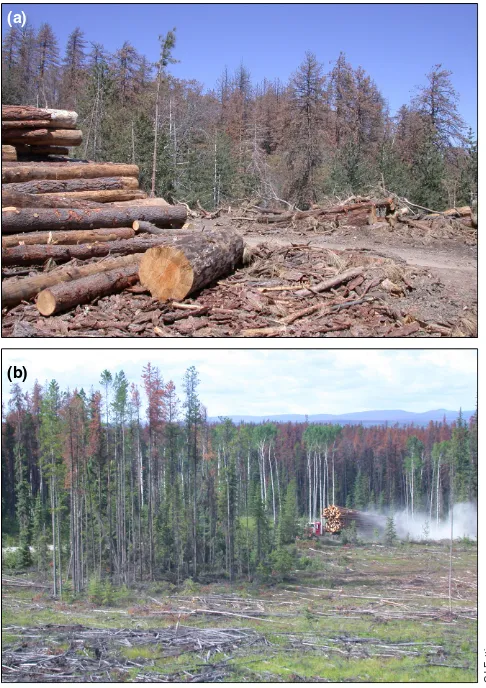Bark beetles as agents of change in social–ecological systems
Full text
Figure




Related documents
Comparison of P concentration, P growth efficiency and P uptake rate of wheat plants, treated with autoclaved (non-viable yeast) or viable yeast (log 9 cells/ml), after cultivation
A0188 - Re-shaping the Early Pregancy Unit Service through Commissioning (Sarah Casemore, 28/11/2014, ) A0229 - SI Action plan (Helen Collins, 01/04/2015, ) 01/04/2015 Helen
Considering 30 percent of online bankers aged 25 to 34 join to save time and 21 percent join to get more control over their finances, financial institutions must ensure the
When the pipe material is low-alloy steel, carbon steel may be used for the pieces unless otherwise specified.The welding for the tack weld pieces shall be performed with
Given the anticipated large body of literature in this field, the aim of this scoping review by Health Canada is to develop an evidence map of the human health effects associated
She is hospitalized aDer being found unconscious by her husband in what appears to be an
If given a voice in the political sphere, women would then create a place that allows others to be part of the solution he offers: a stable Nigerian-specific democracy and
In addition to testing the efficacy of the conceptual model presented here to promote self-management among adolescents with type 1 diabetes, areas in which to